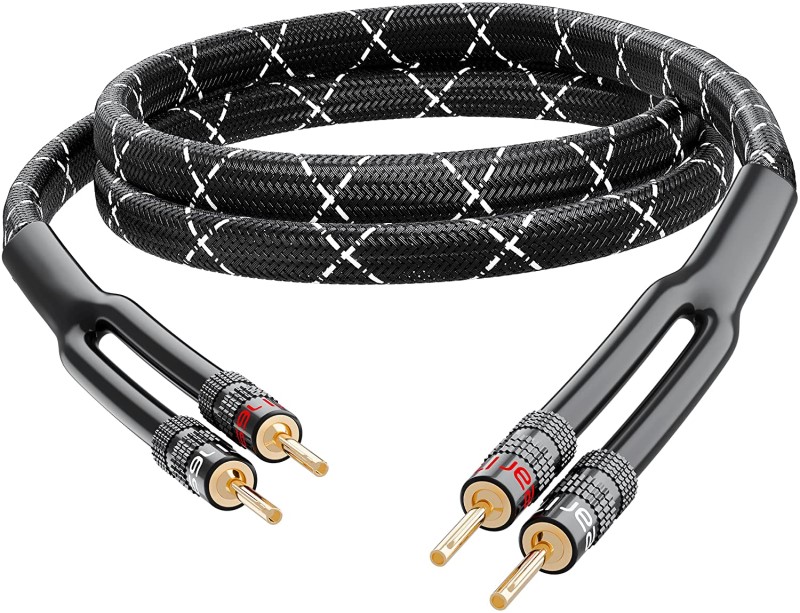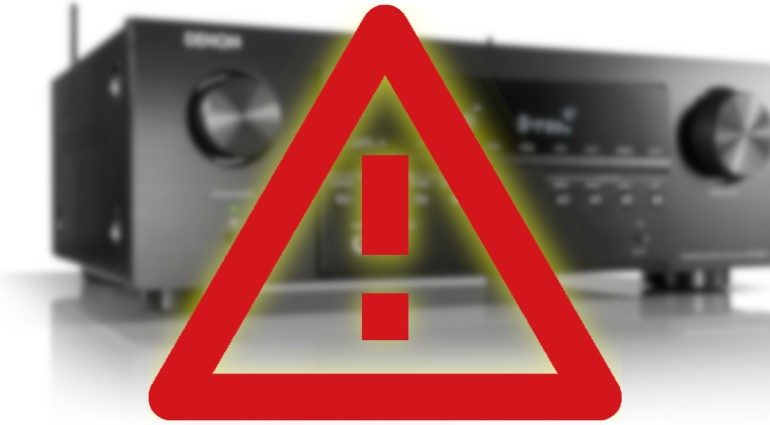Why Did My AV Receiver Go Into Protection Mode?
I feel compelled to write this article because this happened to me just last week. To ensure that I have the best possible Internet connection for my system, I have a Gigabit Ethernet switch to hardwire each of my devices. One of the Ethernet cables I use was damaged so I replaced it. A few days later, I started up my system and my AV receiver went into protection mode. I turned everything off and on again and the receiver powered up fine. But the minute I played a sound through the system it shut down again. What happened? Let’s discuss.
But I Didn’t Change Anything!
When an AV receiver goes into protection mode, many people decry that they didn’t make any changes to their system. I felt the same. The Ethernet cable I swapped out wasn’t anywhere near my AV receiver. But I’ve had AV receivers go into protection mode when I’ve literally not touched my gear in months or years. It is important to remember that it is possible for something to change without you being the instrument of that change. No, it wasn’t your spouse, child, or pet. It wasn’t a malevolent force bent on your personal frustration. There is no one to blame. These things just happen.

What Is Protection Mode?
Nearly 100% of the time, the reason an AV receiver goes into protection mode is because of a short across speaker wires. This is when the black and red wires touch. Protection mode (as the name implies) keeps your AV receiver safe from these shorts. If your receiver didn’t have a protection mechanism, you would likely burn out that amplifier channel (at the very least). If you have a very old AV receiver, this can still happen. Nearly every receiver released in the last decade has some sort of protection circuitry. And this is a good thing.
But Something Did Change
“How can my wires be shorting without me touching them?” says you.
In my case, removing my old Ethernet cable jostled some of the other cables behind my rack. One of those cables was laying across the banana plugs of a couple of speaker connections. Moving that cable fixed my problem.
But it doesn’t have to be a change that you made. Spiderwebs can conduct electricity. There are many other things floating around that might cause a short. The fact that you haven’t touched anything recently is immaterial. A short can happen for a lot of reasons. You may never find the actual cause.
What Do You Do to Fix It?
Step one (of one) is to follow our troubleshooting guide. Protection mode issues are rarely hard to fix, though they do take some time. The key is to not assume that just because you haven’t touched something means you don’t need to double-check it. You may not have touched it, but something may have changed!


